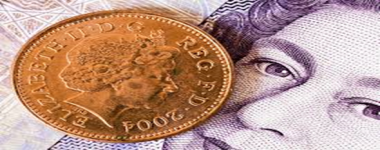The World Economics Association has featured an article on Positive Money in its latest newsletter. Let me discuss some aspects of this text because I think that there are still many open questions regarding both the analysis and the policy recommendations.

The article starts its analytical part like this:
Now, which are the malfunctions of the present monetary system?
1. Money is created as debt.  Today, money comes into existence by debt creation when commercial banks borrow from central banks and when governments, producers or consumers borrow from commercial banks. Thus, the money supply of the economy can only be maintained if the private or public economic actors get into debt. Economic growth requires a proportionate increase in the money supply in order to avoid deflation that would paralyze business, but an increase in the quantity of money involves a simultaneous increase in debt. This way, economic actors run into danger of excessive indebtedness and bankruptcy. It is not necessary to say that over indebtedness causes serious problems to societies and individuals in the face of the ongoing debt crisis.
As I find myself in disagreement with almost all sentences, let me tackle them one by one. (I am doing this because I think that the analysis is flawed, not because I don’t like the conclusions.) The first sentence of the answer is correct, but imprecise. What is meant by money? Money-reserves created by the central bank? Money-deposits created by banks? Money-deposit certificates created by money market funds? As we start here with “money†being highlighted – although not defined – and loan demand and interest rates neglected we’re roughly in the Monetarist camp.
The next sentence could have cleared things up – but it doesn’t because the readers are not experts in monetary theory and don’t know that “when commercial banks borrow from central banks†it is central bank money (reserves) that is created while “when governments, producers or consumers borrow from commercial banksâ€Â it is bank money (deposits) created. And, it is wrong to put government in a single list with the private sector. The government, while often able to do so to some extent, actually does not “borrow†from commercial banks. It is selling government bonds. Selling government bonds is different from getting a loan because in most monetary system the government is not in danger of a failed auction. Selling government bonds in countries with a sovereign currency always succeeds. Exceptions are few, and only the euro zone with its no-bail-out clause chose a difference path (which Draghi has corrected in the meantime).Â

